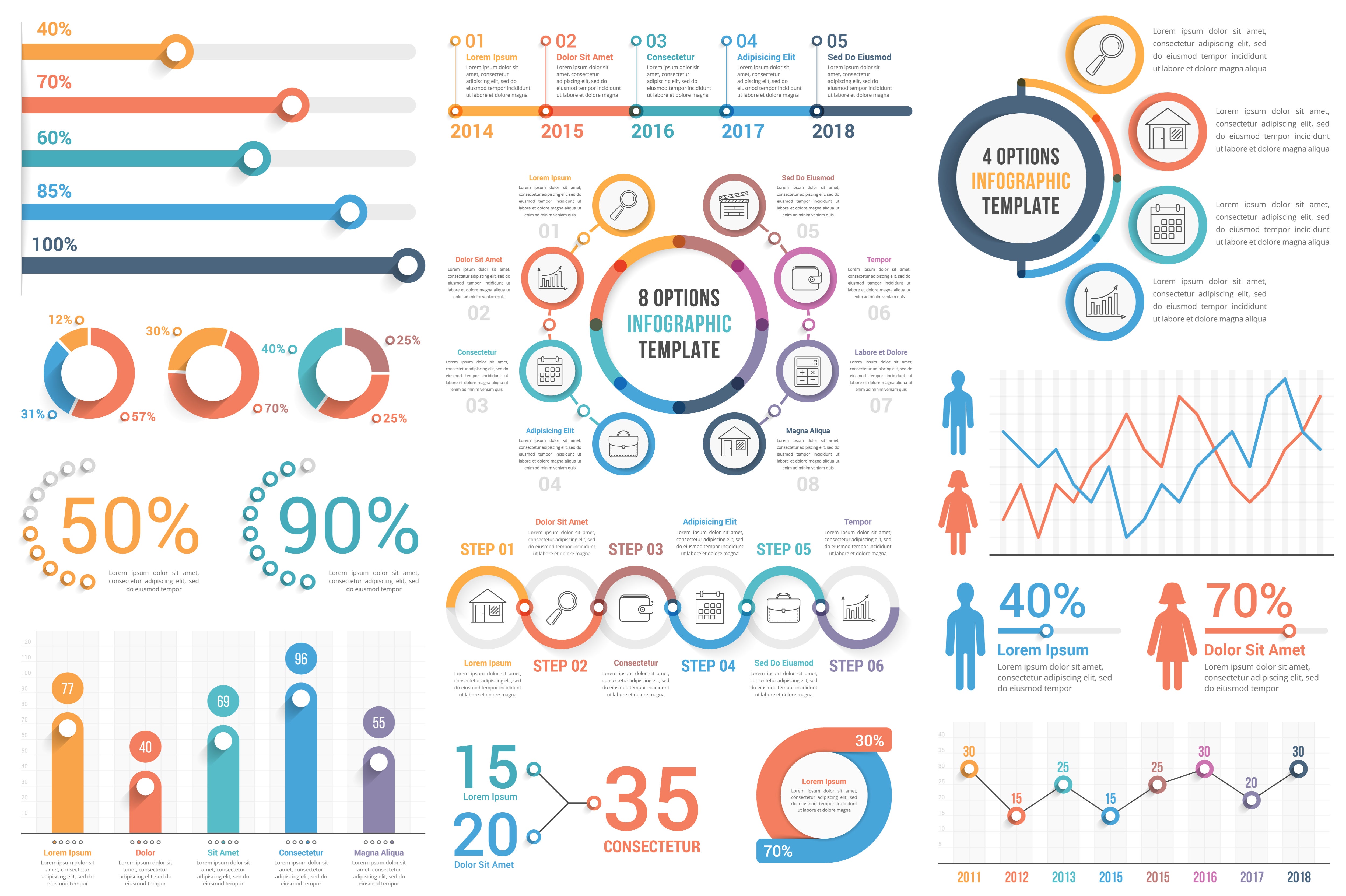If you haven’t seen lawyer-turned-artist Nathan Sawaya’s famous The Art of the Brick: A Life in LEGO®, it’s a fascinating view you don’t want to miss. Sawaya’s exhibit features large sculptures built with only LEGO® bricks. Through his painstaking construction, Sawaya wordlessly communicates specific emotions in such a convincing manner. His works that allude to a difficult lawyer-to-artist transition especially resonate deeply.
Many lawyers express misgivings about the admittedly unusual pivot from law to art. Yet, law, art, and emotions all stem from the same source — us. Our humanity, i.e., human intelligence, imagination, and feelings.
That’s why harnessing the power of emotions can help propel your legal advice forward, especially in our age of increased visual communications. Here’s how you can become more aware of and lean into emotions while connecting to others and transmitting information through visual, non-verbal communications.
Our increasingly visual world
Art is a universal language, and lawyers can tap into its power by using visual aids such as graphics, illustrations, charts, icons, and other imagery to connect and communicate more effectively.
You don’t need to construct elaborate works of art like Sawaya or Picasso. But it is important to recognize how visual information is becoming increasingly vital when it comes to effectively, swiftly, and clearly conveying a message.

Legal design principles frequently incorporate the use of artistic elements such as lines, colors, spacing, and shapes to make legal services more human-centered and to better communicate legal information to consumers, employees, business partners, and others. Lawyers are already using graphics and design elements to create legal documents that unfold as engaging online experiences. Check out digital marketing firm August’s privacy policy as one example. Similarly, Apple‘s App Privacy Details program uses spacing, categorizations, icons, and graphs strategically.
Recognize where emotional connections exist
We must interpret and understand the vast amounts of visual information we consume in our increasingly digitized and media-rich world. As we do, emotions are always involved.
We may think we are logical people who take only the cold, hard facts into consideration. But the truth is, emotions drive much about our decisions. Research shows that emotions significantly affect our perception, especially impacting what we focus on and driving our actions and behaviors.
Reading legal documents rarely kindles an emotional connection. Visually communicating through legal design, on the other hand, inspires feelings, thoughts, and actions. Embrace emotional connection with artistic legal design. The strategic use of visual aids and legal design enables lawyers to communicate more effectively, increase comprehension, and make emotional connections.

Harness the power of emotions
Visual aids can set the tone for a reading or digital experience. Compare how you’d feel if a smiling fish guides you through an online privacy policy presented as an undersea adventure versus reading a dense wall of legalese written in tiny, black text against a harsh, white background.
Compare how you’d feel if a smiling fish guides you through an online privacy policy presented as an undersea adventure versus reading a dense wall of legalese written in tiny, black text against a harsh, white background.
What specific feelings do your visual communications elicit? If you incorporate legal design into your visual communications, examine the work product through the intended audience’s eyes, ears, and viewpoint. Consider the impact of design choices on emotions. What could be their potential effects?
Visuals such as maps, timelines, and diagrams organize complex information into manageable pieces to ease navigation. Visuals that present data over time can help teams identify and understand problems. Infographics, charts, and graphs educate and inform. Drawings and images can ensure individuals understand the activities represented in legal documents.
Visual aids can also tap into emotions to inspire viewers to trust an organization, empower them with a sense of control, elicit specific action, and more. ViIsuals can help to show you empathize with readers. They can lighten the mood, normalize serious or difficult decisions, and create a welcoming vibe at the beginning of relationships.
Use visuals strategically to create an information loop
Leaning into emotions and using visual communications is one way to help the legal department integrate with the rest of the company. More internal and external stakeholders better understand the information the legal team provides, whether in the form of visual contracts, privacy policies, or other communication.
Leaning into emotions and using visual communications is one way to help the legal department integrate with the rest of the company.
Because of this, the legal team also receives more relevant and valuable feedback. It’s a constant flow of information GCs need to help organizations make better decisions and function more efficiently. And it all happens when we allow ourselves to reach out and make more genuine and helpful connections through visual communications.

Disclaimer: The information in any resource in this website should not be construed as legal advice or as a legal opinion on specific facts, and should not be considered representing the views of its authors, its sponsors, and/or ACC. These resources are not intended as a definitive statement on the subject addressed. Rather, they are intended to serve as a tool providing practical guidance and references for the busy in-house practitioner and other readers.




